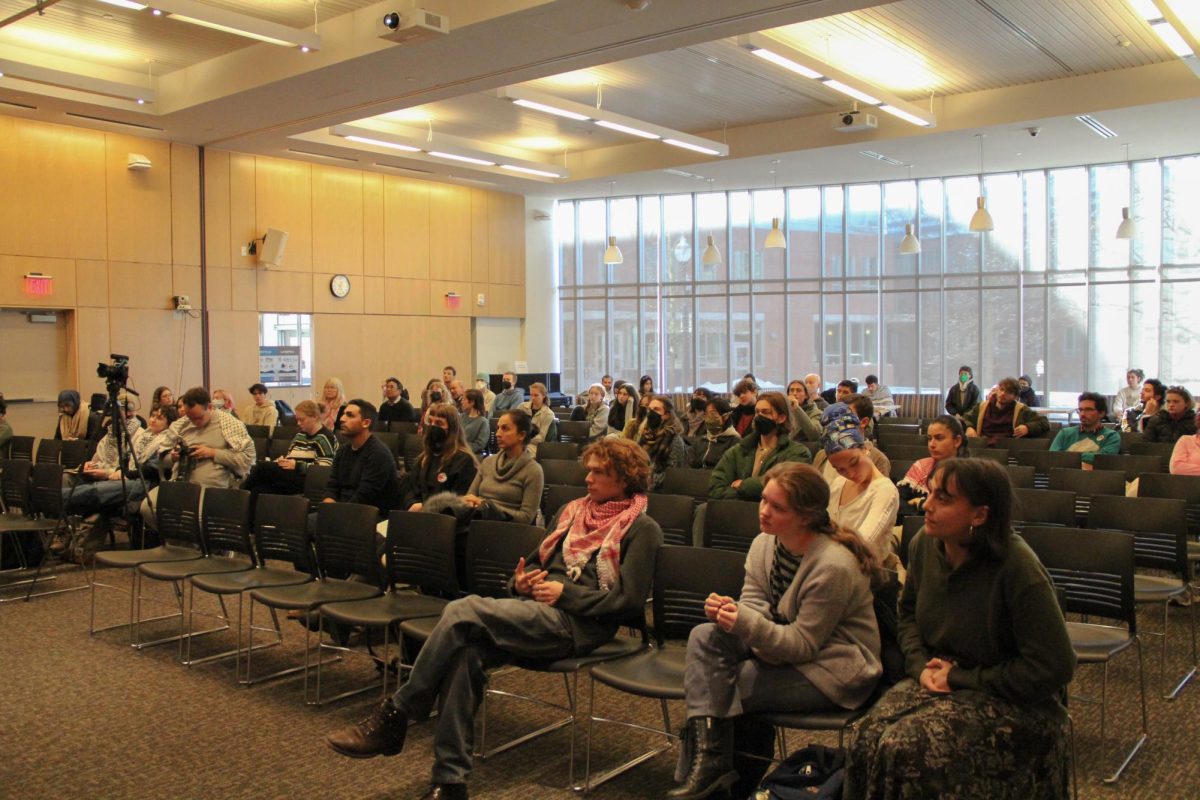
University of Massachusetts’ Resource Economist and Associate Professor Sylvia Brandt found in a recent study that the smog in California can not only make people cough, it can cost them money.
The study, which specialized in childhood cases of asthma caused by air pollution from traffic in California, found that a single episode of bronchitis symptoms can cost a family an average of $972 in Riverside, Calif. and $915 in Long Beach, Calif., according to the release. These two cities both have higher traffic roads near residential neighborhoods and high regional air pollution levels.
For purposes of the study, bronchitic symptoms were defined as daily cough, congestion or phlegm or bronchitis for three months in a row.
To arrive at these numbers, Brandt, with a team of researchers from California and Switzerland, examined asthma cases caused by traffic-related pollution. To do this, the team studied surveys about health care visits of children with asthma. They also looked at the number of cases of asthma estimated to occur because of air pollution and the cost of asthma exacerbation because of the pollutants, according to the release.
They then used a broader range of asthma specific costs than traditionally used in research, according to the press release. Examples of these costs include parents’ missed work days, extra doctor visits, travel time and prescriptions.
All of this adds up. According to the release, Brandt and colleagues said the total annual cost for a typical asthma case was $3,819 in Long Beach, Calif. and $4,063 in Riverside, Calif. These numbers are far higher than previous estimates stated the release.
These costs are about seven percent of the medium household income in the two studied areas. According to the release, for the costs of healthcare to be sustainable they need to be at least below five percent of the family’s annual income.
“The largest share of the cost of an asthma case was the indirect cost of asthma-related school absences,” said Brandt in the release. She also noted that the resultant missing of work for parents and caregivers was also an expensive consequence.
Brandt believes that their model of assessing the costs of asthma is more comprehensive than previous ones.
“Traditional risk assessment methods for air pollution have underestimated both the overall burden of asthma and the cost of the disease associated with air pollution. Our findings suggest the cost has been substantially underestimated and steps must be taken to reduce the burden of traffic-related pollution,” said Brandt, as quoted in the release.
The study, which was released this week in an online version of the European Respiratory Journal, was supported by California’s South Coast Air Quality Management District, U.S. National Institute for Environmental Health Sciences, the U.S. Environmental Protection Agency and the Hastings Foundation.
Brandt focuses much of her economic research on what her University profile states is “two areas where traditional economic theories have failed to solve difficult problems in the allocation of public goods: fisheries management and chronic illness.”
She discusses her unusual subject matters in the same profile, saying, “My papers highlight the influence of typically unobserved or hitherto ignored factors, ranging from ownership structures in a fishery to household beliefs about medical treatments, and use these factors to explain why the real world deviates from previous theoretical models.”
Katie Landeck can be reached at [email protected].












